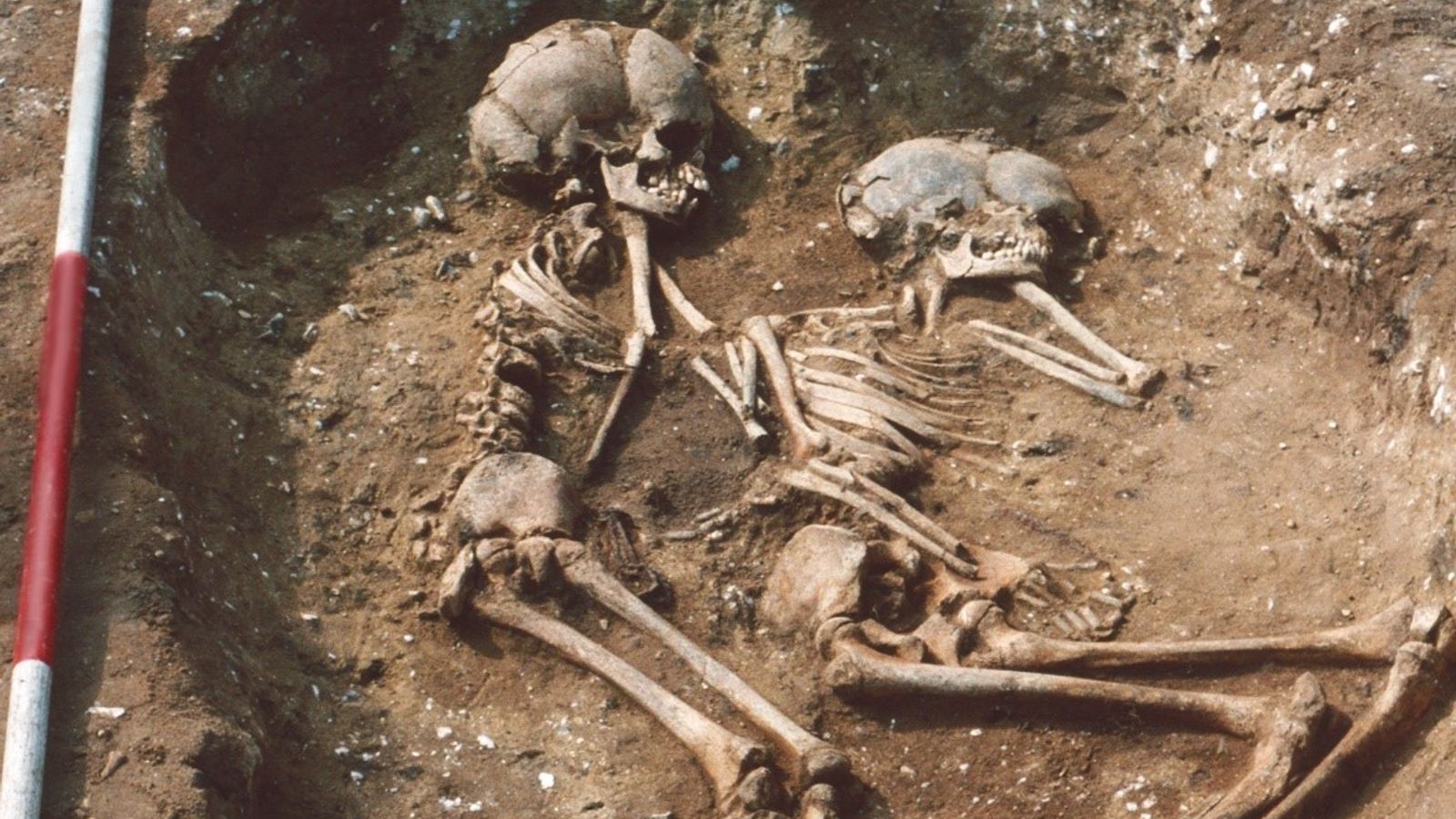
Research on ancient DNA extracted from skeletons obtained from burial sites across the English country has revealed who the first inhabitants of England and their origins were.
Published in Current Archaeology magazine, research has determined that the English largely descended from northern Europeans, mainly from Germany, Denmark, and the Netherlands.
Archaeologists have said that evidence collected during the study suggests there was actually mass migration from Europe with movement of people from as far as West Africa in the Middle Ages. This finding challenges the perceptions that the ancestors of the English lived in small elite groups.
Professor Duncan Sayer, project leader and archaeologist from the University of Central Lancashire said, “This reminds us that our past isn’t this quaint little village where everybody dances around a maypole.”
“The research is a breakthrough […and] it challenges our perceptions and understanding of ancient England, showing how pivotal migration is to who we are,” he added. “For the first time, [it] allows us to explore community histories in new ways.”
The Discovery Based on DNA From 460 People Between 200 AD and 1,300 AD
In one of the largest ancient DNA archaeological projects in Europe, scientists based their research on over 460 people buried in graves between 200 AD and 1,300 AD. More than half were from England.
DNA analysis from the skeletons sheds light on “striking” individual stories of those buried, including a young girl buried in Kent in the early 7th Century. However, it also revealed significant population migrations and exchanges across England during the Middle Ages.
The study found that the young girl buried in Kent, who they nicknamed Updown Girl, because she was found near a farm in Eastry with the same name, was ten to eleven years old when she perished.
DNA analysis shows she was a descendant of West African heritage on her father’s side because she was buried alongside typical grave goods such as a pot, a bone comb, and a knife, researchers noted.
Furthermore, based on how she was buried, archaeologists believe it was likely she was treated just like all other family members despite her difference in ancestry.
Two women of Northern European descent, likely to be the girl’s great-aunts, were found buried in a similar manner nearby.
Professor Sayer said, “We found the granddaughter of a migrant who is part of a family that is biologically Northern European.”
“She is buried in exactly the same way as everybody else…this story really highlights that if we are looking at ethnicity, it did not matter to these people,” he added.
Other Findings From Skeletons in England
According to archeologists, there were other notable findings, including the remains of a teenage boy in an early medieval cemetery in Yorkshire with one hundred percent Northern European ancestry.
The boy was found buried with an armed brooch, an object that originated from Scandinavia.
Moreover, a double grave containing skeletons of a fifteen-year-old boy and a twelve-year-old girl found at a cemetery near RAF Lakenheath in East Anglia were buried alongside a knife and a buckle near the remains of their father, who was buried with a spear, knife, and pottery sherd.
“Our work shows that this migration cannot be understood as one single event; rather, it’s made up of many different threads—of individual people and families adapting to new circumstances across the regions of Britain,” Professor Sayer said.
He further added that “it is amazing being able to weave those threads together to create the fabric of their stories and…the rich and complex tapestry of our own past.”
See all the latest news from Greece and the world at Greekreporter.com. Contact our newsroom to report an update or send your story, photos and videos. Follow GR on Google News and subscribe here to our daily email!



